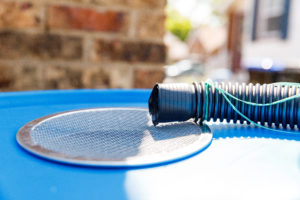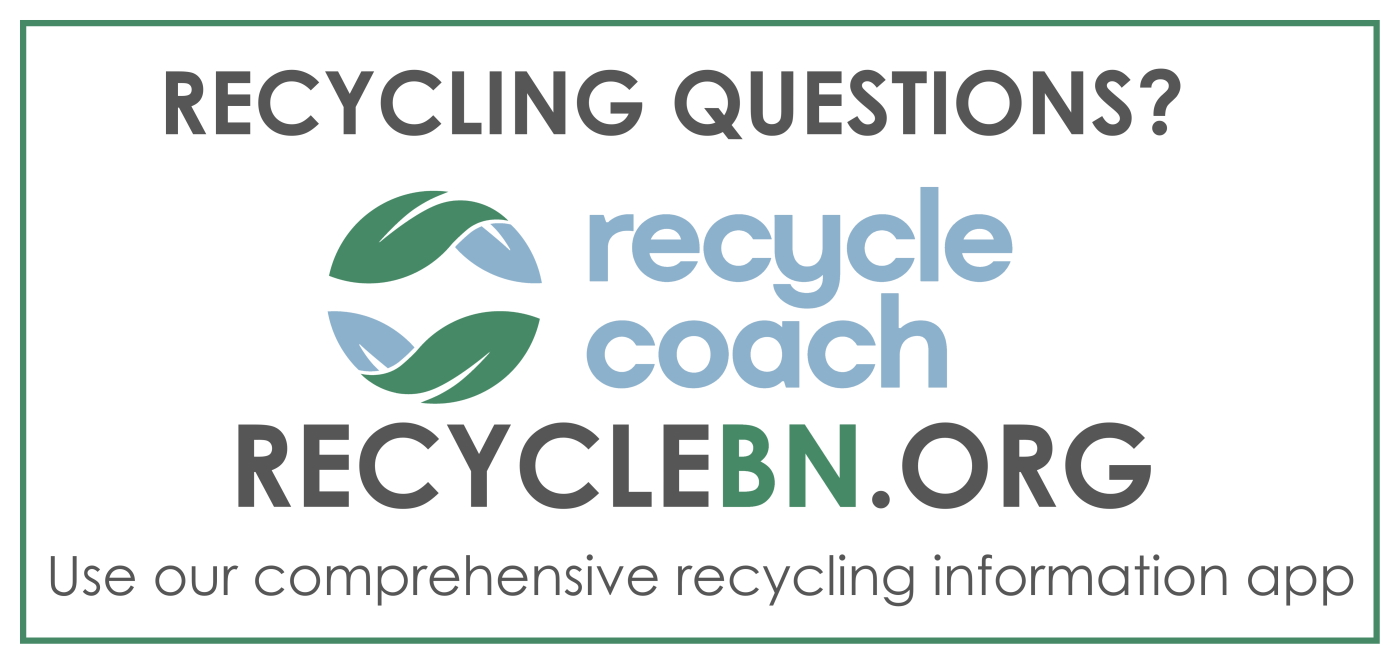Where do I Start? Collecting Water with Rain Barrels
Harvesting systems can vary from the simple use of barrels aided by the force of gravity to deliver the water, to more advanced systems using cisterns, pumps, and flow controls. There are a few things you can do to find out what kind of rainwater harvesting system is right for you.
Types of Rainwater Harvesting Systems
There are many possible configurations and degrees of complexity to a rainwater catchment system. Costs vary considerably as well. You can spend anywhere from a few dollars to thousands of dollars. Your best bet is to review the options available on the market to find out what is in your price range and what is a realistic set-up for your home.
Perhaps the simplest use of rainwater if you are on a budget or have space restrictions is to put a rain barrel under one of the gutter downspouts and use the water on sensitive indoor plants. The plants will appreciate the soft water. The barrel should always be covered between uses.

A slightly more sophisticated system might be to use several barrels connected together near the bottom with pvc pipes or hose. A small pump can be used in one of the barrels to pump the water to your garden. In this case, all the barrels will drain simultaneously.
Bigger and more complex systems may use gravity to feed water from gutters to a larger cistern, which pumps water to the landscape. Some online gardening sites sell cisterns and other more complex rainwater harvesting equipment.
 Whatever you decide, all systems should use covered barrels or cisterns that keep the water from accumulating leaves and other contaminants. They should also have some kind of filter to keep out silt and leaves. Filters can range from a funnel with mesh at the bottom that is covered by gravel, to a rainwater washing apparatus.
Whatever you decide, all systems should use covered barrels or cisterns that keep the water from accumulating leaves and other contaminants. They should also have some kind of filter to keep out silt and leaves. Filters can range from a funnel with mesh at the bottom that is covered by gravel, to a rainwater washing apparatus.





